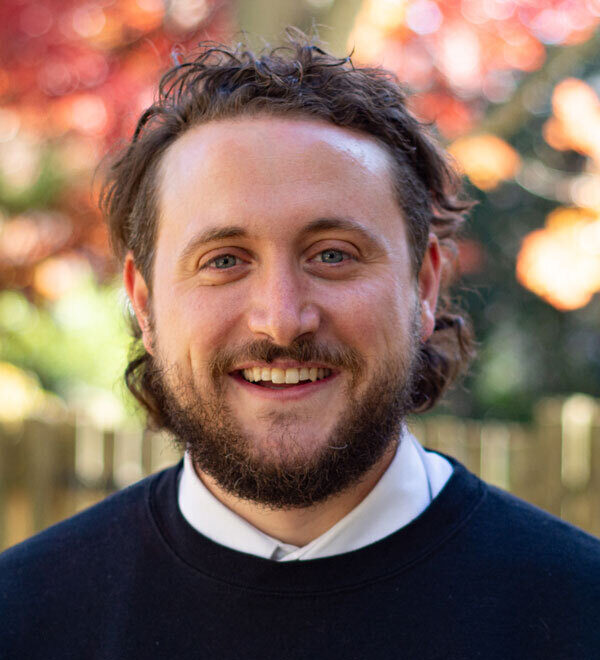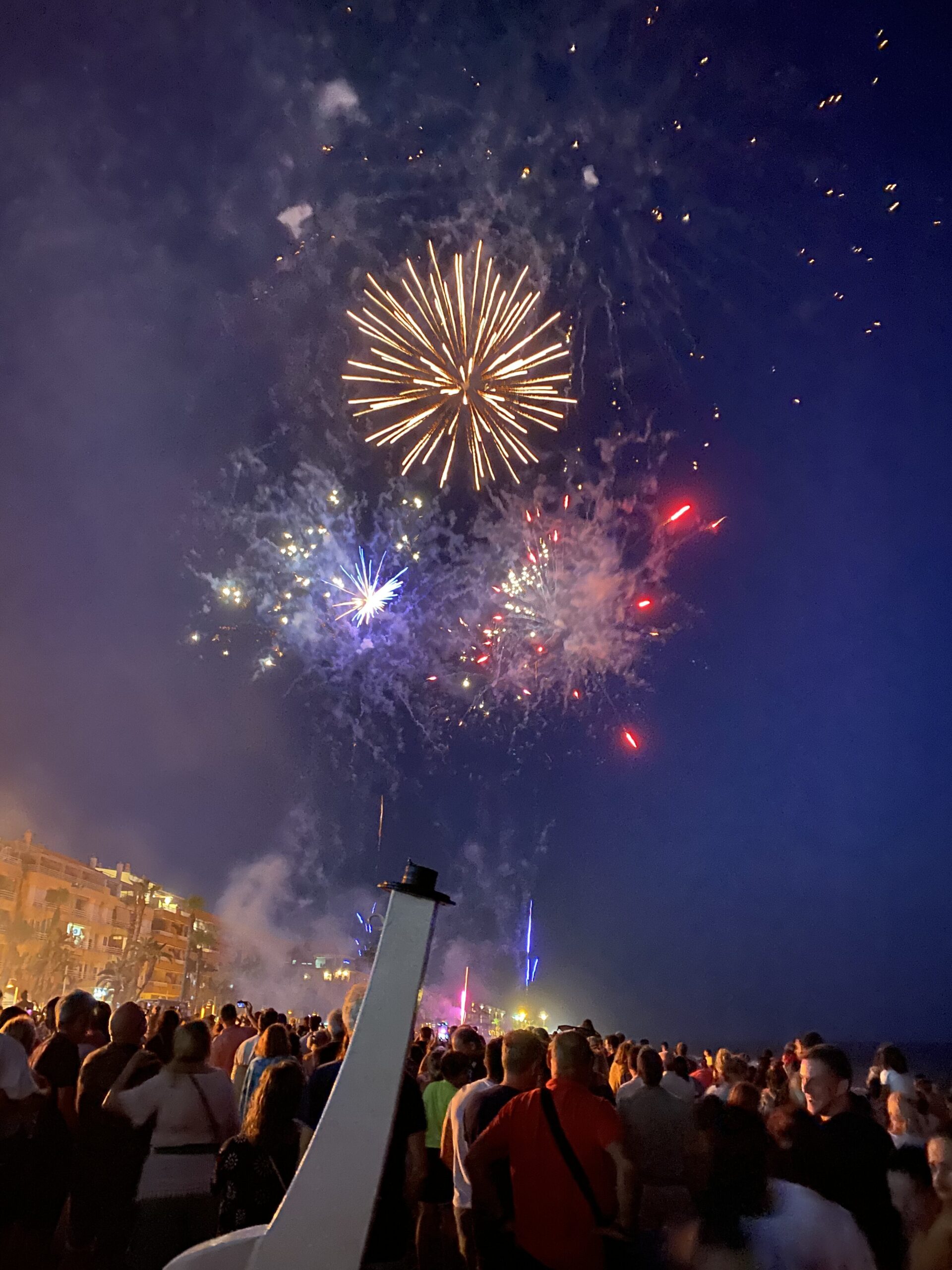By Stephen Di Trolio – Doctoral Candidate – Princeton Theological Seminary

Stephen is a PhD Candidate in the Department of History and Ecumenics at Princeton Theological Seminary, specializing in “Religion in the Americas.” Stephen was born in Costa Rica and grew up in Argentina, where he returned to live after university in the United States. Stephen is the recipient of the Louisville Doctoral Fellowship and is the Jackson Scholar for Latin American Studies (BSIR Baylor University). In 2023, he translated Pope Francis’s book, I Am Asking in the Name of God (Penguin Random House, 2023). Stephen is the managing editor of The Occasional.
Over the summer, I had the chance to spend time in Rincon de la Victoria, Spain, on vacation. A small sleepy beach town on the famed Costa del Sol, a few kilometers north of Malaga. The city harkens back to the Phoenician sailors and later Roman settlers. I was here for to rest and recuperate from months of busy and frantic work. The sun was bright and shining. I decided to walk to the main street for lunch the day after arriving. Walking down the street, I came across a beautifully ornate poster with bougainvillea adorning the corners, announcing a local festival that would take place while I was there. Days filled with live music, events, and even some flamenco, which I was excited about, to say the least. After studying the program, I noticed that Tuesday would have fireworks after the procession of “La Virgen del Carmen.” I was intrigued and quickly realized that this was not merely a town festival but a religious holiday that anchored all the other activities.
A night before the festivities began, I met up with Argentine friends of mine who were living in the city of Malaga. Over delicious tapas, I told them I was excited that my trip had coincided with the festival of the “Virgen del Carmen,” the patroness of sailors and fishermen, as I had learned. They exclaimed that I needed to go because it was quite the sight and the experience. My friends Lucas Magnin and Almendra Fantilli, documentarians and theologians, began to tell me how they recently filmed footage during Easter in Malaga. Telling me about how there were seas of clamoring people trying to touch the processions that carried large floats (tronos – thrones) of Jesus, Mary, and other saints accompanied by dirge-like music and candles. These floats carried by men who are part of cofradia (religious brotherhood) navigate the small streets of Malaga in front of large crowds. After dinner, they toured me around the historic center. They even pointed out large buildings close to parishes that serve as the headquarters for these cofradias and where, during Maundy Thursday, they depart from in their procession. My friends told me the city was consumed in religious fervor during the Easter season.
Then, in the conversation, I noted how it was so interesting that despite falling numbers of Christians in Western Europe, many people participated in these processions and festivals. Lucas interjected, “Here it’s not uncommon to hear someone say, “I am devoted, but I am an atheist,” meaning they participate in the processions and the festivities of it all and may never go to church or are atheist.” As someone who studies history and has been interested in the sociology of religion for years, this piqued my attention. Of course, there were devout Christians who participated in these events, but this idea of being devoted to Jesus or Mary during the processions and an atheist the rest of the year intrigued me and brought to mind questions of popular religion or devotion. With this statement ringing in my mind, I later returned to my beach town of Rincon de la Victoria.

That Tuesday, after spending the day at the beach with my brother, who was visiting, we got dressed up and went to the beach area where we were told the procession of the Virgen del Carmen would begin. The beach and the whole area around it were crowded with people dressed in what looked like clothes, ready to go to mass. The sleepy beach town was now transformed into a center of religious piety. The events began with taking the statue of the Virgin Mary from one end of the beach in a rocky alcove, loading her and the float on an enormous rowboat, and rowing an excellent distance to the beach where we were standing amidst the crowds.
There was a sense of anticipation and expectation as we could see the massive rowboat approaching us, flanked by swimmers, boats, and paddle boarders. A team of lifeguards arrived and cordoned off an area on the beach where the boat and float would be stationed. Finally, the boat came, and there was clamoring on “Viva la Virgen del Carmen!” (Long live the Virgen of Carmel) Then people would yell repeatedly, “guapa guapa guapa!” (Beautiful, Beautiful, Beautiful!).



This moment of popular devotion was stirring. The float carriers were dressed as sailors and labored with immense strength and precision while pressed by crowds of admirers. They finally took the statue and went off on their designated route, and with songs and loud cries of devotion, they carried the float to the Parish, where mass would be celebrated that night. Fireworks lit up the dark sky, and there was an intense energy about the small beach town; people rushed to take flowers that decorated the large rowboat that had housed the statue.
At the World Christianity Conference, there has been a noticeable absence of interdisciplinary research on Europe and Christianity. However, I believe that questions surrounding popular piety, cultural practices, lived religion, and modes of belief could provide a promising avenue for scholars of World Christianity to study Europe. Could this be the starting point for understanding how modes of belief and practices intersect in a post-Christian or Post-secular setting? While scholars in Latin America have begun to explore these questions, particularly in relation to exvangelicals, I believe that these festivals and processions could be a rich ground for understanding popular devotion among post-Catholics. As time progresses, I am hopeful that these modes of popular devotion and practice will emerge as a fruitful arena for research in the field of World Christianity.



